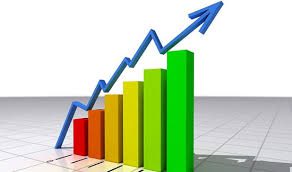Sub-Saharan Africa stands at a crossroads of potential economic revival as indicated by the World Bank’s latest Africa’s Pulse report released on Monday.
The report forecasts a rise in Sub-Saharan Africa’s economic growth from 2.6 percent in 2023 to 3.4 percent in 2024 and further to 3.8 percent in 2025, fuelled by increased private consumption and a decrease in inflation rates.
However, the recovery remains fragile.
“While inflation is cooling across most economies, falling from a median of 7.1 to 5.1 percent in 2024, it remains high compared to pre-COVID-19 pandemic levels,” the report said.
It added: “Additionally, while growth of public debt is slowing, more than half of African governments grapple with external liquidity problems, and face unsustainable debt burdens.”
Global economic uncertainties, natural disasters and escalating conflicts also pose significant threats to the region’s stability.
The report released on Monday highlights deep-rooted inequality as a major impediment to poverty reduction in Sub-Saharan Africa, with access to basic services such as schooling or healthcare highly unequal despite recent improvements.
“Inequality in Sub-Saharan Africa remains one of the highest in the world, second only to the Latin America and Caribbean region.”
To sustain long-term growth and effectively reduce poverty, the bank called for transformative policies in Africa.
These include restoring macroeconomic stability, promoting inter-generational mobility, supporting market access, and ensuring that fiscal policies do not overburden the poor, it said.
JN/APA


